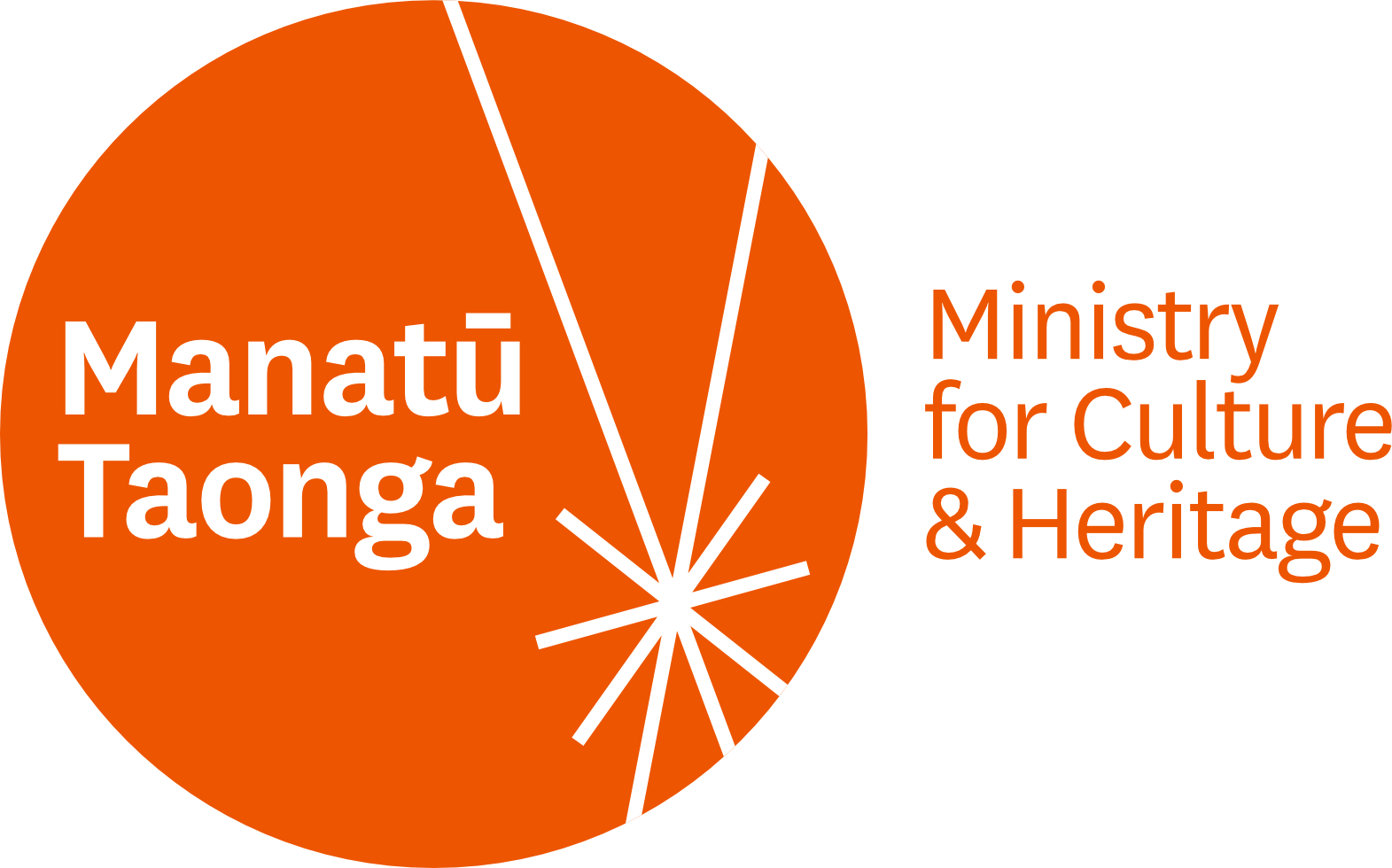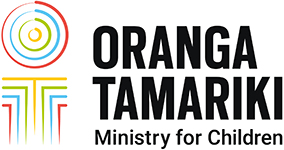I recently attended the opening of From the Inside – Mai i Roto, an exhibition presented by Taupō Museum and the Department of Corrections and running until 16 December. The exhibition acknowledges the value of creativity for wellbeing, self-discovery and rehabilitation.
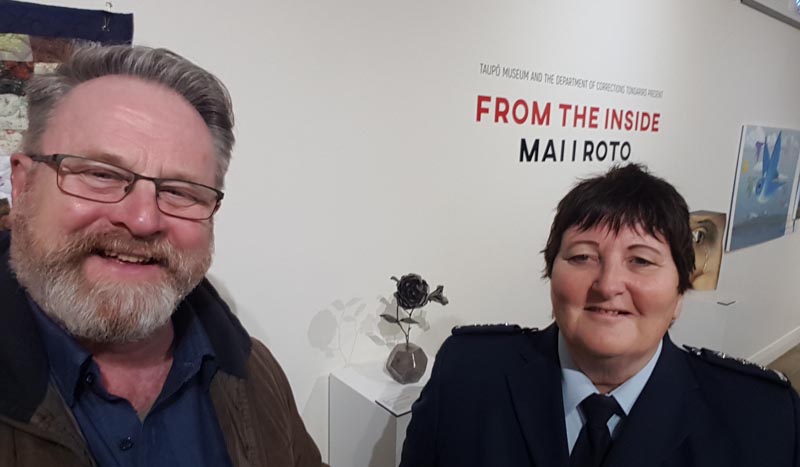 Men at Tongariro Prison created artworks as part of work skills development programmes such as engineering and carpentry, crafting beautiful, extraordinary and challenging works.
Men at Tongariro Prison created artworks as part of work skills development programmes such as engineering and carpentry, crafting beautiful, extraordinary and challenging works.
The first step to successful Arts in Corrections programmes is taken when prison management believes that arts programmes are a legitimate and valuable part of prisoner rehabilitation. In this case, the leadership team at Tongariro Prison has enabled the creative intelligence of prisoners to grow and provide deeply beneficial opportunities for rehabilitation.
Listed in its programme, the exhibition’s first acknowledgement is to the value of creativity. All people, given support, time and resources, can be creative and turn their minds and hands to creative projects. With access to resources and tutors, prisoners can uncover skills and talents previously hidden. Artmaking lifts the desire to participate, which speeds up focus, attention and collaboration.
The second acknowledgement of the exhibition is “self-discovery”. By allowing men to undertake art activities at Tongariro Prison, staff have seen very high examples of learning and discovery in the process.
An encounter with thought, focus, experimentation and concentration
Artmaking in any form is an encounter with a person’s abilities of thought, focus, experimentation and concentration. Many prisoners have never had the opportunity to concentrate on creating something positive that comes from their mind and hands. In this context, the discovery of “self” and one’s abilities in the process of making art is more valuable than the work itself.
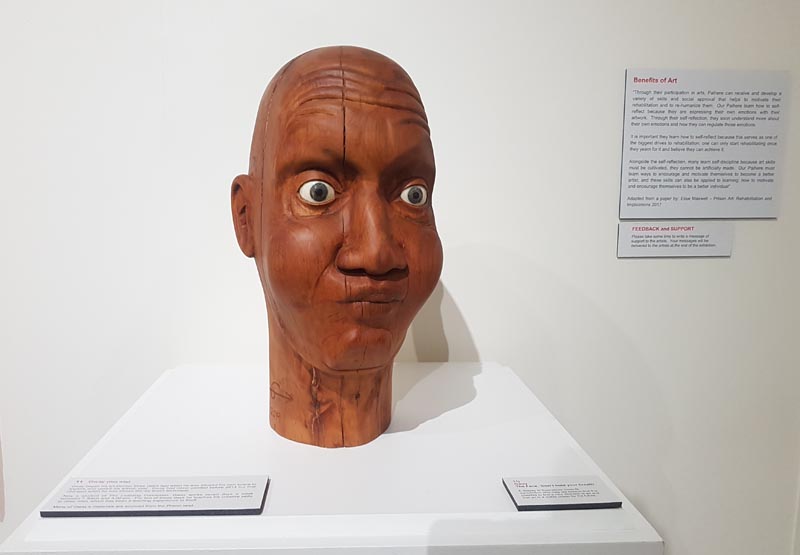 Which takes us to the exhibition’s final acknowledgement: rehabilitation. It is extremely important for Corrections to provide effective programmes for the rehabilitation of prisoners and reduce re-offending.
Which takes us to the exhibition’s final acknowledgement: rehabilitation. It is extremely important for Corrections to provide effective programmes for the rehabilitation of prisoners and reduce re-offending.
A dictionary definition of rehabilitation means to restore a person’s health and/or abilities: in this case, to become a person who no longer offends against the law or other people. To be effective, rehabilitation requires action – and the action of artmaking can restore the mind, body and spirit close to the potential the person was born with.
When a prisoner participates in an artmaking process, the connection between creative action, self-discovery and restoration is intertwined. This process often takes place in tikanga-based cultural and arts programmes, essential in New Zealand prisons.
An exemplary partnership
This exhibition project has built a unique bridge between prisoners, the prison and the local community. Tongariro Prison and Taupō Museum have demonstrated an exemplary partnership, enabling prisoners’ works to be seen. Usually kept apart, prisons and their towns, iwi and whānau are interconnected. Whether we like it or not, prisoners are from the community and one day they will return to it.
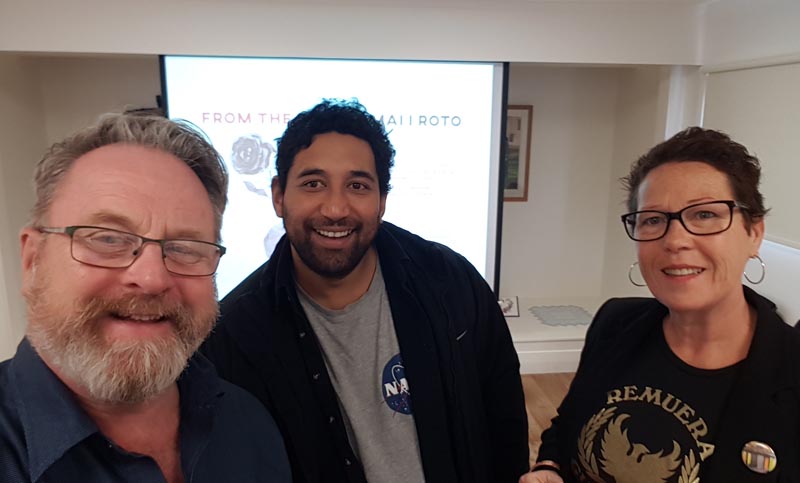 From the Inside – Mai i Roto is a bold event. It provides examples of art helping to change lives, and is something that prisoners, and prison and museum staff can be proud of.
From the Inside – Mai i Roto is a bold event. It provides examples of art helping to change lives, and is something that prisoners, and prison and museum staff can be proud of.
Museums and art galleries should provoke conversations about, for example, social justice, restoration and new ways of thinking. Taupō District Council can also be proud that it supports a museum bold enough to allow a safe space for prisoners’ stories to be told.
Congratulations to all the partners of this project, which demonstrates how the arts and creativity can be a powerful tool in restoring lives.
And finally, the two other stories in this month’s Arts in Corrections e-newsletter also highlight the importance of building bridges between the community and prisons.
In Serving a community sentence in creative spaces, art and education tutor at Hawkes Bay Regional Prison, Nic Scotland, says: "It would be wonderful if there was a creative space in every community where released prisoners could go. It’s not just about access to art materials. It’s also about feeling part of a community and having a safe and supportive place to go to every day.”
The story Building connections in the Arts in Corrections sector provides a round-up of the recent Performing Arts and Justice Symposium in Auckland and includes a couple of examples of the community collaborating with prisons to deliver arts projects.
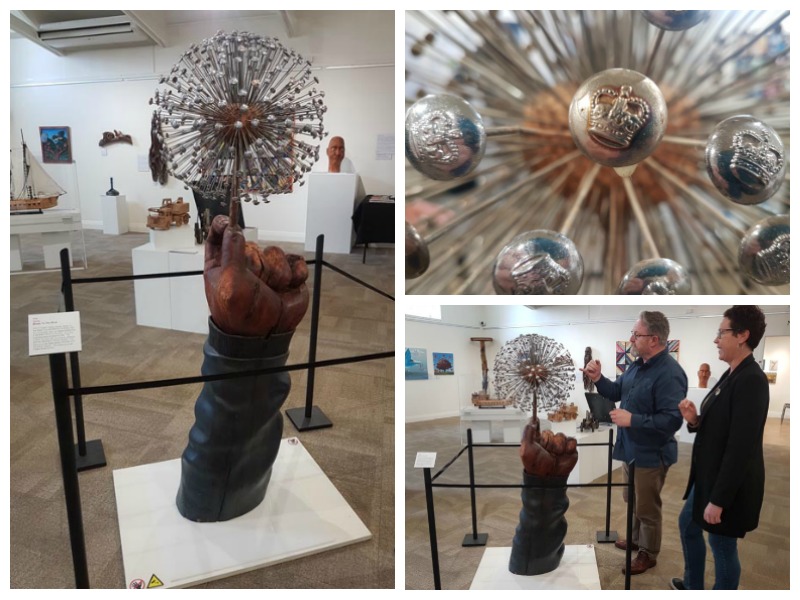 BLOWN TO THE WIND: One of Gway’s earlier pieces, “Blown to the Wind”, is a commentary on being held by Corrections, then on release feeling like a dandelion blown to the wind. All of the materials were donated by staff. The buttons are from old Corrections uniforms and are attached to bicycle spokes. The hand is an old matai stump removed from the prison swamp. The sleeve is an old totara fence strainer.
BLOWN TO THE WIND: One of Gway’s earlier pieces, “Blown to the Wind”, is a commentary on being held by Corrections, then on release feeling like a dandelion blown to the wind. All of the materials were donated by staff. The buttons are from old Corrections uniforms and are attached to bicycle spokes. The hand is an old matai stump removed from the prison swamp. The sleeve is an old totara fence strainer.
LATEST POSTS
- Accessibility
- Accessible Arts
- Achievements Celebrations
- Active Recreation
- Advocacy Campaigns
- All New Zealand
- Arts Accessibility
- Arts Culture
- Arts Culture Venues
- Arts For All
- Arts In Corrections
- Canterbury Region
- Community Arts
- Community Services
- Covid 19
- Creative Spaces
- Creative Wellbeing
- Dance
- Disability
- Festivals Arts
- Galleries
- Global Issues
- Health
- Learning Disabilities
- Local People
- Maori Art
- Mental Health
- Musical Theatre
- Obituaries
- Professional Development Arts
- Stories About Organisations
- Theatre
- View Point
- Visual Arts

 BLOWN TO THE WIND: One of Gway’s earlier pieces, “Blown to the Wind”, is a commentary on being held by Corrections, then on release feeling like a dandelion blown to the wind. All of the materials were donated by staff. The buttons are from old Corrections uniforms and are attached to bicycle spokes. The hand is an old matai stump removed from the prison swamp. The sleeve is an old totara fence strainer.
BLOWN TO THE WIND: One of Gway’s earlier pieces, “Blown to the Wind”, is a commentary on being held by Corrections, then on release feeling like a dandelion blown to the wind. All of the materials were donated by staff. The buttons are from old Corrections uniforms and are attached to bicycle spokes. The hand is an old matai stump removed from the prison swamp. The sleeve is an old totara fence strainer.